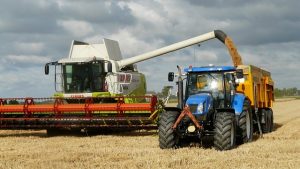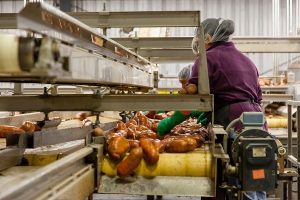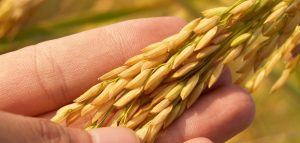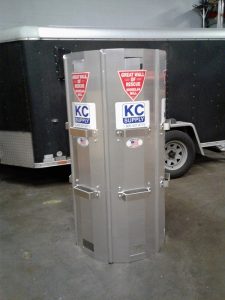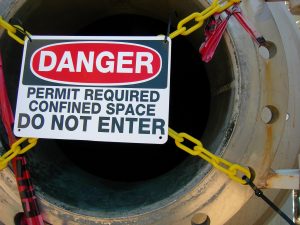
Entering a confined space in a factory or manufacturing plant needs a certain amount of preparation. The enclosure could have hidden risks in its corners that many workers may not consider before entering. Therefore, it’s essential to ingrain these safety reminders to the staff to avoid undue accidents or shut-ins in dangerous spaces.
- Check and monitor the atmosphere. One of the biggest concerns in an enclosed area is your breathing zone. Staying in a car with the windows rolled up overnight is dangerous enough as it is; you never know what other fumes may be in an enclosed space. Make sure there is a steady flow of air in the atmosphere. Your nose is not a gas detector, either; make sure to identify any strange smells. Remember that OSHA recommends flammable vapors to be below ten percent of the explosive limit.
- If you locate a hazard in a confined space, eliminate or control it immediately The moment your nose smells something off or tools detect anything out of the ordinary, seek out its source in the area. The source of the fumes must be determined and controlled (or eliminated) as soon as possible to prevent it from further exposure.
- Ensure that there is ventilation and that it is working correctly One of the main control measures put into place against toxic gases or fumes is the use of ventilation. An enclosed space where this material could be used needs to have proper ventilation. Make sure to check with OSHA regulations about the introduced air into the area, along with the length of ducts.
- Above all, always use personal protective equipment (PPE) If there is any risk of toxicity in an enclosed space, any personnel entering it must still make proper preparations and use personal protective equipment. Also, not just anyone should step into the area, especially if this is for rescue purposes. It requires a trained individual who is well-versed in the proper usage of the equipment.
An enclosed, confined space may seem innocuous at first glance, but we must rely on our other senses to truly gauge the danger within it. It’s better to err on the side of caution in the case of toxic gases and to ensure that all safety protocols are in place before entering the space. Contact us at KC Supply to learn more about protective equipment and other tips on safety protocols.




